The state of Rajasthan is as famous for its colorful culture and festivals as its Royal heritage that inscribed the history of Rajasthan. The mesmerizing Forts and Palaces of Rajasthan proudly tell the mightiness and valor of the Rajput Kings and Chiefs of the bygone era of Rajasthan. The Rajputs Kings are not only known for their courage and high esteem, but also for their art and culture which shows in the creation of some of the most illustrious and remarkable Forts and Palaces in the Royal era of Rajasthan which still stands proudly.
Here, in this article, you will know about the 5 most celebrated rulers of the various Kingdoms of Royal Rajasthan in the medieval era, who had not only shown the valor and courage during their regime but keep inspiring people in the modern era as well.
Hammir Dev Chauhan (1283-1301)-
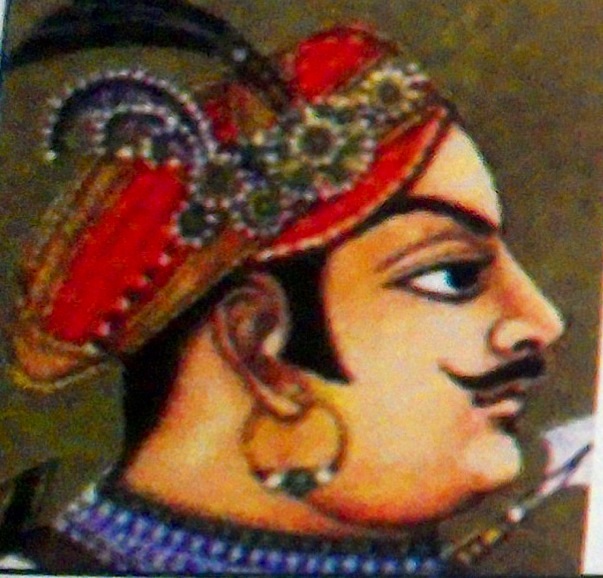
Hammir Dev Chauhan, also known as Hammiradeva, was the legendary king of the part of Rajasthan in the medieval era and was the last king of the Chauhan dynasty who ruled Ranastambhapura, known as Ranthambore in modern times. He conquered several neighbor states ruled by other Hindu kings in order to expand his kingdom. And, due to which he was left without any allies at the time of the Great War between him and Alauddin Khilji, the mighty Muslim Sultan of Delhi. In the war against Khilji’s general in 1290 and 1299, he defeated Khilji’s army, but in 1301, an army led by Khilji himself resulted in the defeat and death of Hammir Dev. He was the most glorious ruler the Ranthambore Fort ever witnessed. The fort is still standing proudly in the Ranthambore National Park telling the story of this mighty king.
Rana Kumbha (1433-1468)-
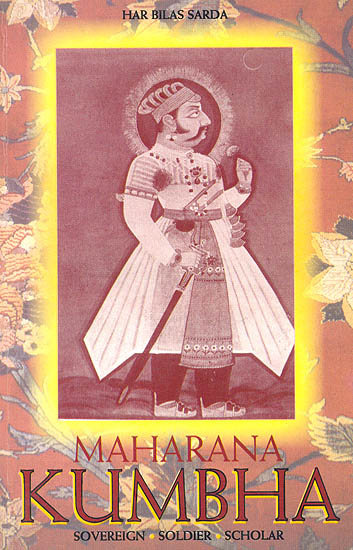
Also known as the ‘Hindu Sultan’ and ‘Abhinav Bharta Charya’, Rana Kumbha (or Kumbhakarna) was the most eminent ruler of Mewar in that era. He was the king with great administrative skill, amazing battle prowess and intellect. He was like the bright sun in the history of Mewar. During 35 years of his regime, he never lost any battle and extended his territory till Malwa and Agra in south and north respectively. Furthermore, he also was a great builder and known for renovating of 32 Forts around Mewar including the most famous the Kumbhalgarh Fort which is also a world heritage site. He also showed his creative side by writing various literature such as Samgita-raja, Rasika-Priya, Sudaprabandha, and Kamaraja-ratisara.
Hem Chandra Vikramaditya (1501-1556)-
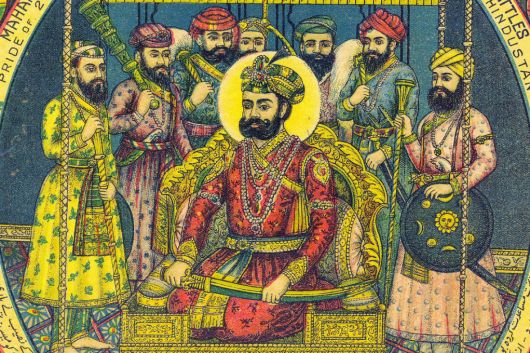
Hem Chandra Vikramaditya, also known as Hemu, was the Hindu general of the Adil Shah Suri. He famously won the 22 battles for the Adil Shah against the Afghans and Mughals. In 1556, he defeated the army of Akbar in the battle of Delhi and then earned the name Vikramaditya. He established the ‘Hindu Raj’ in North India for a short duration from the Purana Quila in Delhi. In the year of 1556, Hem Chandra was killed in the second battle of Panipat fighting against the Mughals.
Maharana Pratap Singh (1540-1597)
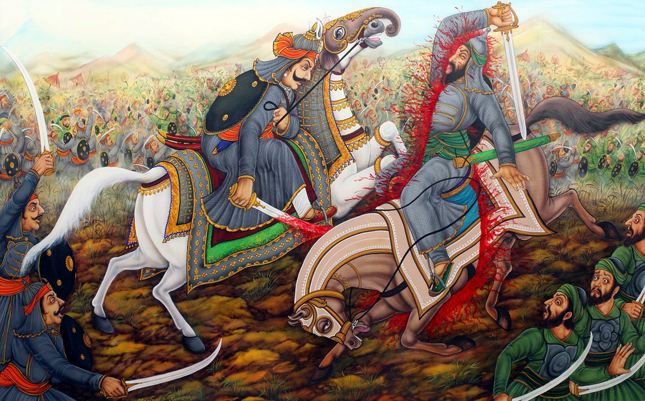
Maharana Pratap Singh was the king of Mewar, the most powerful kingdom in the Rajasthan at that era. He becomes the legendary King due to his fighting attitude against the mighty Akbar when nearly all of the Rajput Kings and Chiefs accepted the supremacy of Akbar and entered into his vassalage. He famously fought the battle of Haldighati in 1576 but that resulted in his defeat and he had to retreat and had to operate from the hilly area of Mewar. He continued fighting against Akbar and later recaptured many of his lost territories from Akbar. The Maharana was died in 1597 due to the injuries he got during a hunting accident. At the site of Maharana’s funeral in Chavand, a Chhatri (monument) was established which is a prime tourist attraction in Chavand.
According to a prominent Historian Satish Chandra, due to his defying of the mighty Mughal empire almost alone and unaided by the other Rajput states, Rana Pratap represents the glorious saga of Rajput valor and the spirit of self-sacrifice for the esteem and principles. The sporadic warfare method used by Rana Pratap was later extended further by Panna, and his younger brother Jaimal.
Maharaja Suraj Mal (1707-1763)
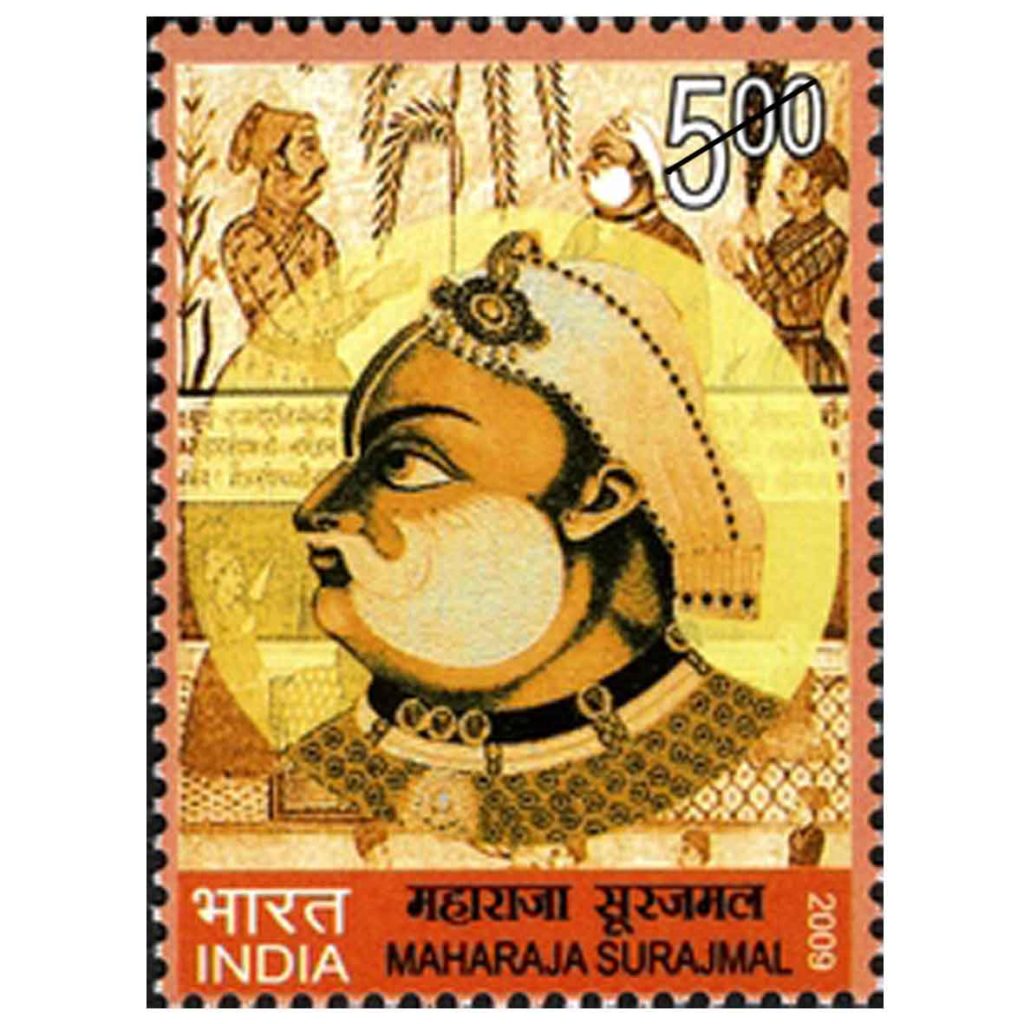
The Jat king Maharaja Suraj Mal, also known as Sujan Singh, was the powerful ruler of Bharatpur located in the present day Rajasthan. He is famously described as the “Plato of the Jat people” and the “Jat Odysseus” by the modern historians and writers due to his extraordinary political acumen, high intellect and clear vision. After conquering many battles against cumulative armies, he showed his immense power and war strategies. In 1763, he died in the battle with the Nawab Najib ad-Dawlah.
